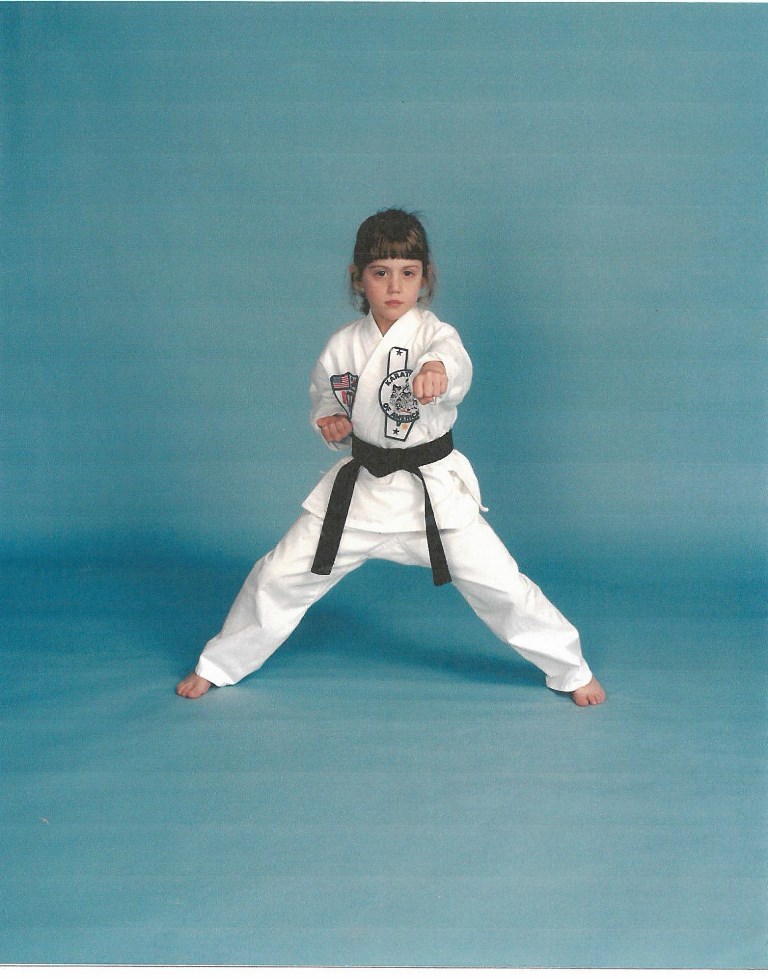Her sophomore year at the University of North Carolina-Chapel Hill, Meghan Klingenberg competed in a campus gladiator competition that culminated in a sumo joust: competitors donned big blow-up fat suits and went at each other with giant foam clubs. “Kling insisted that I come watch,” says Anson Dorrance, long-time coach of the famed UNC women’s soccer team. “So there they are - Kling’s up against this monster. I mean, this girl was well over 6 feet tall, and strong as a house. And I’m a little worried about her – she’s a small kid and I’m kind of expecting her to get crushed,” says Dorrance. “But Kling proceeds to beat the tar out of this girl – looks like she’s going to club her to death. No one is hurt because they’re wearing these padded suits and the clubs are foam…but make no mistake, Kling’s aggression is off the chart.”
Meghan Klingenberg, Streetfighter
.ashx?mw=2560&rev=b024b8eb480c43e1bfeaf5b5bb1511eb)
.ashx?mw=768&rev=b024b8eb480c43e1bfeaf5b5bb1511eb)






